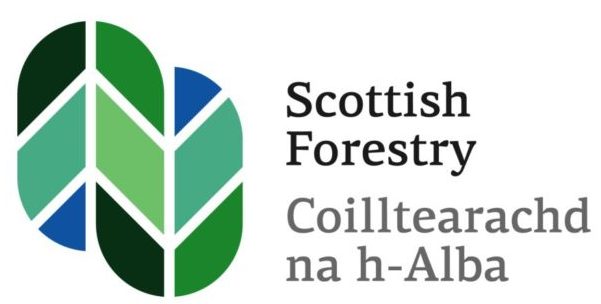A Sustainable Fuel

A Sustainable Fuel
Biomass is a highly sustainable low carbon fuel.
The burning of wood is sometimes characterized as a bad thing, using a finite resource in a profligate manner. It is also often supposed that it cannot be a means to reduce carbon emissions: cutting down woodlands and transporting the wood to burn it in boilers may seem unsustainable to some. However, such perceptions are wide of the mark.
The UK is good place to grow trees thanks to mild winters, plentiful rainfall, fertile soil and hill-sheltered topography. Growth rates for broadleaved trees exceed those of mainland Europe, for example UK growth rates are three times those of Sweden.
The Domesday Book of 1086 indicated forests covered 15% of the UK’s land, but the forested area bottomed out at 5% in 1919. That year, the Forestry Commission was established and today about 12% of Britain’s land surface is wooded, of which 40% remains publicly owned and managed. In Scotland 18% of our land is forest and there is a target to achieve 25% cover.
UK forestry is a well-regulated and seen as highly sustainable and the industry guards that reputation assiduously. There is almost no illegal felling and UK sourced wood entering the biomass supply chain is sustainable.
The increment is the amount that UK forests grow naturally each year. The annual volume of wood extracted from our forests equals the annual increment when measured over time. That is what makes forestry both low carbon and sustainable. Growth in the use of wood encourages growth in the extent of our forestry.
This is a success story driven by demand for wood, in the sawmills, paper mills and recently from biomass. As this demand grows so will our forests. If neglected and unmanaged woodland exists, this is really evidence of poor demand to build or burn with wood.
The sustainable and regulated use of biomass will help make the UK’s forests better managed and more sustainable and should also lead to an increase in woodland cover.






